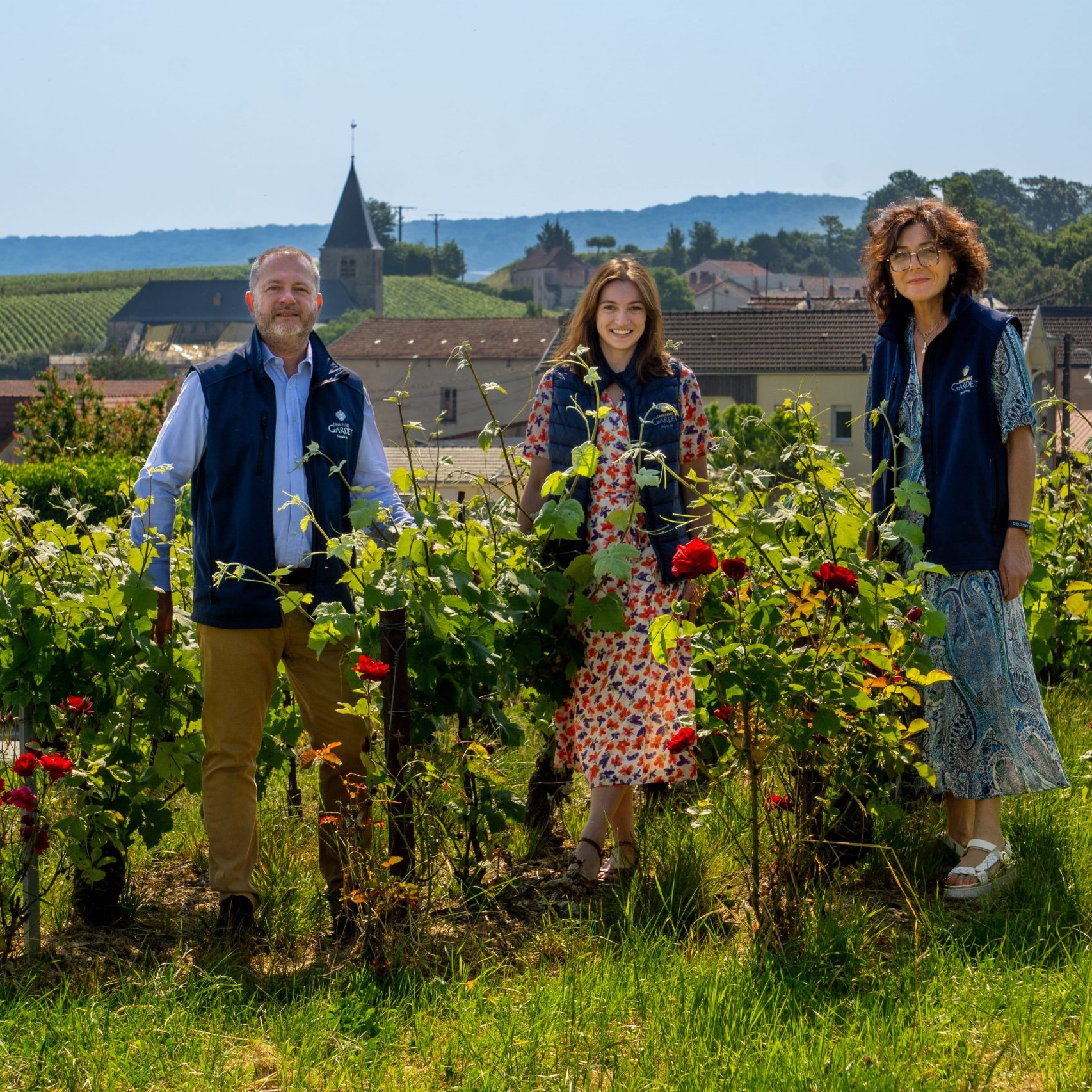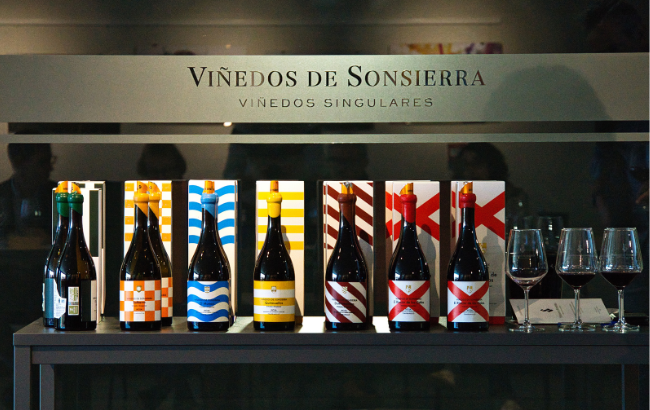Cavit launches PICA
Trento-based co-operative Cantina Viticoltori Trentini (Cavit) has unveiled an innovative new software programme that could revolutionise how its vineyards are operated.

Standing for Piattaforma Integrata Cartografica Agriviticola (Integrated Agricultural and Viticultural Cartographic Platform), and also meaning ‘grape’ in local dialect, PICA is the brainchild of Cavit agronomist/oenologist Andrea Faustini.
Working on the platform since 2010 alongside the Bruno Kessler Foundation and S. Michele Institute in Trentino, Faustini developed the software to optimise viticulture for Cavit’s 11 member wineries and 5,200 growers.
PICA provides an incredibly detailed 3D map of Trentino, factoring in historical climate data, the condition of the vines, the aspect and altitude of each plot, as well as up-to-date weather information.
That data is then used to determine which grape varieties should be planted where, what disease treatments should be used, which plots require irrigation, and when to harvest.
Every member of the co-operative has access to PICA, through both their mobile phone and computer, allowing them to view the data.
Speaking to db at Vinitaly, Cavit export director Andrea Nicolini shared how PICA can help Cavit to “get the best out of” each vineyard, and Trentino as a whole.
“PICA is the evidence for why we can deliver quality at different price points, and it enables to plan what we do next in terms of climate and in terms of the market.”
Partner Content
Currently, almost two thirds of Trentino has been mapped on PICA, though the programme is described in a press release from Cavit as a “constant work in progress”.
Nicolini explained what makes the region “unique”: “You have different climates – the south is more Mediterranean, because of Lake Garda, it’s where you get the northernmost production of olive oil in Italy. Then you have a continental climate, and an Alpine climate. So, three climates, and many different types of soil in such a small piece of land.”
Height also matters, given Trentodoc’s motto of “sparkling wine from the mountains”: “We have vineyards ranging from 400 metres above sea level, to 800 metres above sea level. And so this guarantees our grapes good freshness.”
PICA has already had success in finding new opportunities at altitude – identifying Rulendis and Brusafer, both considered too extreme for high quality viticulture, as suitable for the cultivation of premium Pinot Grigio and Pinot Nero respectively.
While Nicolini noted that “normally in Trentino there is no issue with water,” he pointed out that PICA does pay close attention to it, alongside solar radiation and numerous other climatic factors.
He also suggested that there is still a need for agronomical expertise alongside this technology: “All of these put together allow us to practice precise viticulture. We have to combine the statistics with experience. We say: ‘this is what we’ve found out, and this is what can be done’.”
Nicolini also suggested that, by optimising Cavit’s approach to viticulture, PICA can play a role in ensuring the company’s longevity, particularly in light of the challenges presented by climate change.
“We are sustainable by nature,” Nicolini explained. “Cavit is more than 60 years old, and we have to leave something for the next generation. If we’re not sustainable, we won’t leave anything – that’s why a co-operative, by its DNA, should be sustainable.”
Related news




